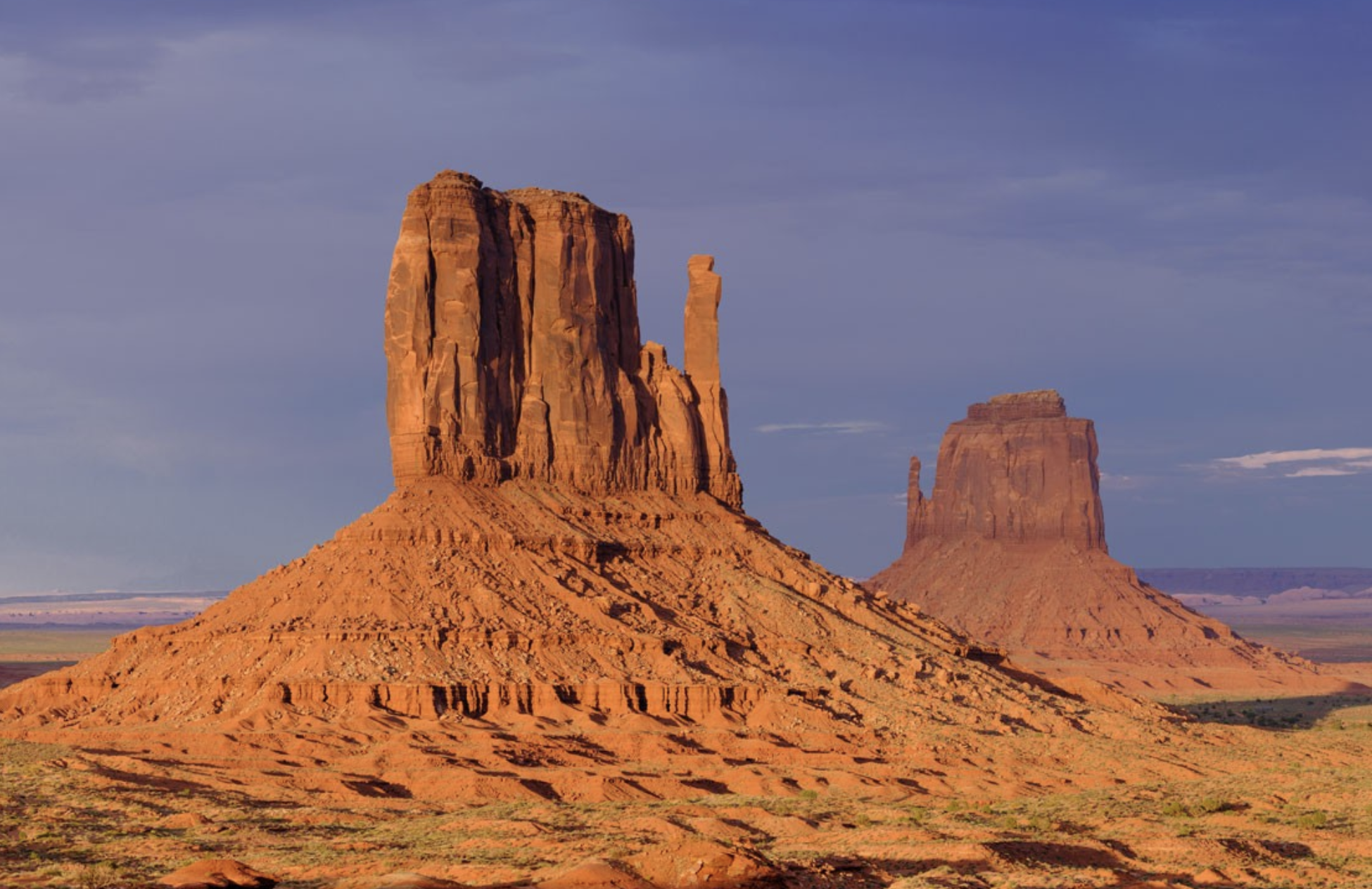
- Details
- By Native News Online Staff
A recent study from Utah State University highlights the importance of relationship-building and incorporating local cultural knowledge when designing climate change education tailored for Indigenous learners.
The study, titled Building Relationships for Meaningful Co-Created Indigenous Climate Education, was published in Community Science.
Lead author and facilitator Bayli Hanson, who earned a master’s degree in Environment and Society from USU in 2023, collaborated with researchers from USU’s Quinney College of Natural Resources and a colleague from Northern Arizona University.
Hanson emphasized that the research shows climate education for Indigenous communities is most effective when developed collaboratively, rather than relying on standardized, one-size-fits-all curricula.
“Climate change education for Indigenous learners is most effective when co-created, with both Indigenous and non-Indigenous collaborators, so that it reflects scientific understanding with Indigenous knowledge systems,” she said.
Professor Roslynn McCann from the Department of Environment & Society was another researcher on the study. She said that curriculum must be adaptable to different learners, with multiple options for different groups. As instructors work to establish a rapport with the local community and work to identify learning objectives with students, the curriculum can be much more impactful and meaningful.
“Our co-created curriculum was designed as a menu approach, where educators can pick and choose which topics, speakers, and activities to teach, depending on their participants and a range of other considerations,” McCann said.
In their study, the researchers worked together to create a climate change module for an Indigenous natural resources program.
Through their collaboration, the research team’s results showed that programs that teach about climate change need to include local area traditional knowledge to be used alongside Western teachings.
The study showed that traditional views should be valued, and curriculum should be adaptable to each group to use their own knowledge base for deeper engagement and knowledge exchange. This place-based programming is a key aspect in working with Indigenous communities.
“Local traditional knowledge is deeply tied to cultural identity, history and environment,” Hanson said. “It carries generations of wisdom about local ecosystems and climate patterns — wisdom that is both place-based and spiritually meaningful. When education is grounded in this knowledge, it becomes more relevant, more respectful and ultimately more effective for Indigenous students navigating the transition into Western education systems.”
The researchers used in-depth interviews with experienced organizational and community leaders as well as extensive use of literature to guide their findings. They list several findings about how to co-produce this climate science curriculum. These included:
- Establishing trust and building relationships through dialogue.
- Understanding your collaborating community’s worldview.
- Inviting Indigenous communities into the decision-making process.
- Being transparent and accountable.
- Respecting Indigenous knowledge systems.
- Continually improving and collaborating while accepting feedback.
The research highlights the need for institutions to move beyond transactional collaborations and invest in long-term, community-driven partnerships. Hanson says relationships can be built through such actions as community events, engaging in informal conversations and co-creating learning goals that create shared ownership of learning outcomes. McCann added that the process should not be rushed.
“We learned the importance of slowing down to build meaningful relationships, of working with a team of Indigenous and non-Indigenous scholars to decolonize our research process, and discovered the deep interconnectivity in Indigenous perspectives of colonialism, capitalism and climate change,” McCann said.
Policymakers and educators are encouraged to prioritize Indigenous leadership in climate discussions, ensuring that education programs are both effective and culturally relevant.
“Co-creation isn't a one-time event,” Hanson said. “It's an ongoing process that requires flexibility, patience and a commitment to equity. And perhaps most importantly, it’s not just about what we teach, but how we teach — with cultural humility, deep listening and a willingness to de-center dominant ways of knowing. This approach not only benefits Indigenous learners but can make education more accessible for everyone.”
The researchers worked in tandem with the Nature Conservancy’s Native American Tribes Upholding Restoration and Education program. McCann said working with the group was a joy.
More Stories Like This
Native Students Can Win $5,000 Scholarship, International Distribution in Pendleton Design ContestAmerican Indian College Fund Raises Alarm Over Plan to Shift Native Programs Away From the Dept. of Education
MacKenzie Scott Foundation Gives $5 Million Contribution to Little Priest Tribal College
Tribal Leaders Push Back on Dismantling of U.S. Department of Education
American Indian College Fund Names 12 Student Ambassadors for 2025–26
Help us defend tribal sovereignty.
At Native News Online, our mission is rooted in telling the stories that strengthen sovereignty and uplift Indigenous voices — not just at year’s end, but every single day.
Because of your generosity last year, we were able to keep our reporters on the ground in tribal communities, at national gatherings and in the halls of Congress — covering the issues that matter most to Indian Country: sovereignty, culture, education, health and economic opportunity.
That support sustained us through a tough year in 2025. Now, as we look to the year ahead, we need your help right now to ensure warrior journalism remains strong — reporting that defends tribal sovereignty, amplifies Native truth, and holds power accountable.
 The stakes couldn't be higher. Your support keeps Native voices heard, Native stories told and Native sovereignty defended.
The stakes couldn't be higher. Your support keeps Native voices heard, Native stories told and Native sovereignty defended.
Stand with Warrior Journalism today.
Levi Rickert (Potawatomi), Editor & Publisher


